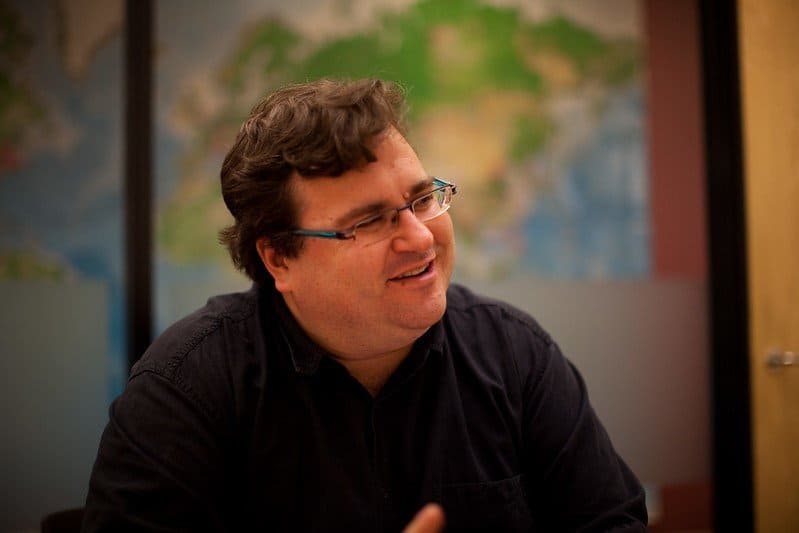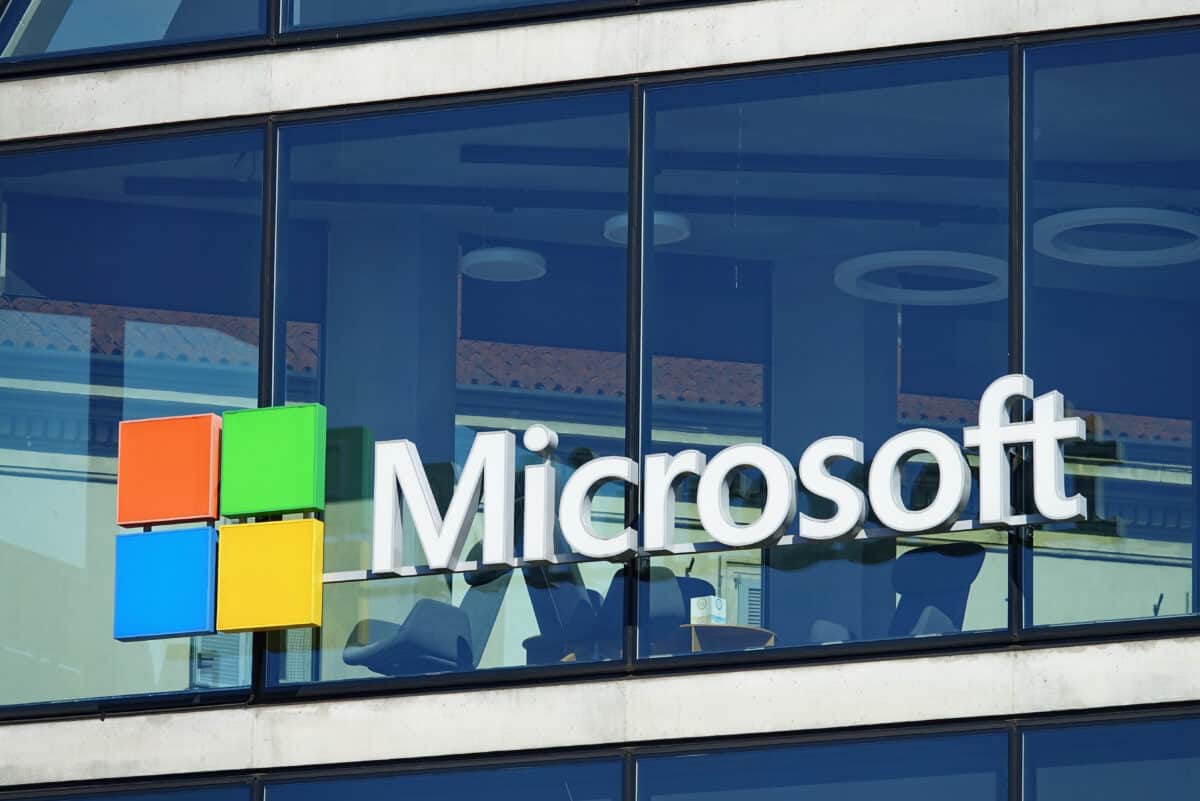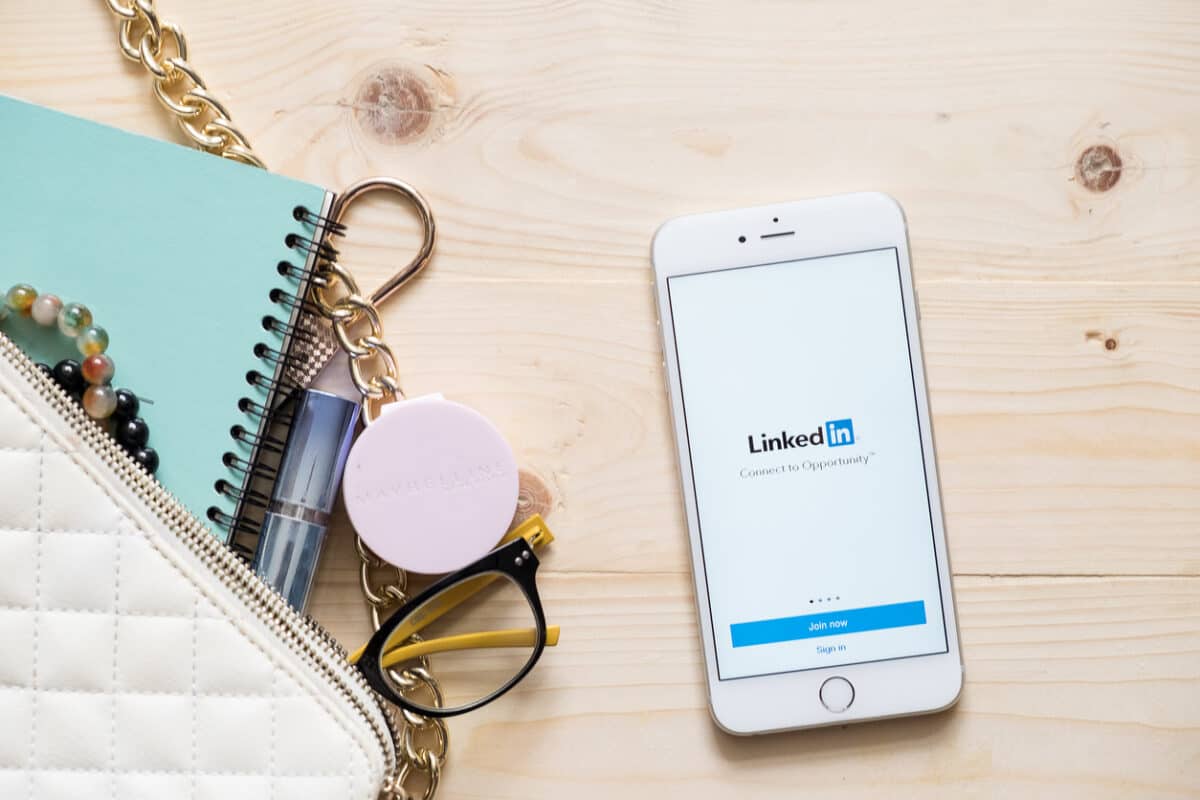Many of us know LinkedIn as one of the biggest social networking platforms in the world. But what about the history of LinkedIn? And what led to it being acquired by Microsoft for $26.2 billion? What made LinkedIn so special and profitable compared to other social media apps?
We all know LinkedIn today as the social media platform for businesses and professionals. A place where you can build your network, find jobs, stay up to date on what companies are doing, or even use it for sales.
Quick Facts
- Year Founded
- 2003
- Founders
- Reid Hoffman
- Industry
- Social Media
- Headquarter
- Sunnyvale, California, United States
- Key People
- Jeff Weiner, Jean-Luc Vaillant, Konstantin Guericke, Eric Ly, and Allen Blue
- Notable Products
- Job Postings, Premium Subscriptions, Advertising
- Website
- http://www.linkedin.com/
This blog will cover everything you need to know about LinkedIn, from its founding in 2003 to its notable controversies. It will also show you why this social media platform has become one of the giants in the market today.

The History of LinkedIn: What to Know
LinkedIn has been around for over 21 years and has seen a lot of growth and change along the way. This start-up by Reid Hoffman went from zero to mega-giant and hopped onto the stock market in just 8 years.
What started out as a simple business networking site went on to evolve into a valuable resource for job seekers. People looking to network could do it online and LinkedIn would keep track of the connection for them. This saves money, time, and effort.
But of course, not all of the journey was easygoing. There were many hurdles and challenges along the way, but by using clever business models and quick actions, they were able to thrive even through the ups and downs.
Let’s break down how they have succeeded and are still one of the most valuable companies around:

The Founding of LinkedIn: How It Happened
LinkedIn is one of the oldest social media platforms on the internet. It’s even older than some of the most popular social media platforms on the internet, such as Facebook and Twitter.
The idea for LinkedIn came back in 2002 when Reid Hoffman had the idea in his living room. (Reid Hoffman was also a board member of Paypal and its former COO.) His idea was to find a way of connecting professionals from all industries using the Internet.
He launched LinkedIn in 2003, and after only a year, it would reach 1 million members. The fact that people used it and liked it was a shock to Reid. Because in early 2004, social media had not really taken off yet. So having tons of subscribers in the first few months was rare, but it was also good news.
At the time, LinkedIn was a unique social network because it allowed users to connect with professionals from all industries. It stood out from other platforms and would carry on to do so even when the big social media giants rose up.
This massive user base led to the company growing and having more investor interest. With suitable funding, they could focus on developing the best online networking platform possible.
LinkedIn Through The Decades (2003 Until Now)
We know this social networking site for its business networking capabilities, but it now includes a lot more than that.
So let’s see where it all started. And how they got here:
Phase 1 – The First Million Users (2004)
LinkedIn’s story started in 2003 when it was first launched as a platform for professionals to network and build relationships. It rapidly gained a following among business professionals and by 2004, LinkedIn had 1 million users. From then on, the platform continued to grow exponentially.
During this time, LinkedIn prioritized improving the user experience rather than focusing on making money. Reid Hoffman set his team on making the app as great as it could be.
However, with more and more people using the site, and more features being added, they knew that eventually, they would have to charge money. This was a problem for Reid because he didn’t want to force people to pay or lose users. But he also wanted to charge for some of the best features they had been working on.
He saw real value in these features and in what his platform could let professionals do. This led to the idea for subscriptions on LinkedIn, which would be their first way of making money.
Phase 2 – Subscription Services (2005)
In 2005, LinkedIn introduced premium subscription services that allowed users to have more control over the site’s search features and to let them access other great features. LinkedIn Premium was a massive success and even today many professionals and businesses use it.
Next up in 2007, they started working on an expansion of the site’s search capabilities. They started to focus on making it easier for businesses to find and connect with professionals. This culminated in the launch of LinkedIn’s Jobs feature in 2009 which quickly became one of the company’s most popular features.
Phase 3 – Jeff Weiner, the new CEO & President (2009)
In 2009, the decision was made to make Jeff Weiner the next CEO and President of LinkedIn. Jeff was introduced to the company after Reid decided to stand down from his position. Reid wanted a better-suited CEO to take over as the leader of his company.
This was a big change for the social networking site. Under Jeff’s leadership, LinkedIn saw explosive growth. It went from being one of the most popular social networking sites in 2009 to becoming one of the world’s largest online communities today.
With Jeff in charge, LinkedIn continued to invest heavily in its user experience, revamping the platform numerous times over the years. They also started acquiring more companies to help grow their networking capabilities.
Phase 4 – Going Public (2011)
LinkedIn went public in 2011. At the time they entered their share price was $45 and they were valued at $4.5 billion on the stock market. Of course, this created an increase in users, revenue, investors, and stock prices.
One thing to note about the timing of them going public is that it was a little risky because the economy had just started to recover. No one was sure if the economy would be stable yet. However, they were able to stay afloat during tough economic times by focusing on their strengths.

Phase 5 – Microsoft Acquisition
Microsoft’s acquisition of LinkedIn in 2016 was a major step forward for the company. After all, LinkedIn is one of the world’s leading online social networks for professionals.
In 2018 LinkedIn would reach over 500 million users. This was roughly one and a half years after Microsoft’s $26 billion purchase. Under the guidance and management of Microsoft, the company has seen even better growth and profits than ever before, reaching more than 1 billion users as of June 2024.
What Are the Most Important Inventions from LinkedIn?
LinkedIn is one of the most important social networks in the world. It has revolutionized the way we network and build relationships, and its importance can’t be overstated.
Some of the most important innovations from LinkedIn include:
- Insider updates (which lets you see what your colleagues are working on),
- work profile pages (which lets you see everything about a job candidate, from their education to their experience),
- and job postings (which lets you search for jobs by location, company size, or keywords).
However, there are three notable ones that we wanted to focus on. Here are the most notable three:
Social Network For People In Business To Connect
Since its inception in 2003, LinkedIn has become the go-to network for job seekers and business owners alike. Its popularity lies not just in its function as a social media site but also in the valuable connections made through it.
Some top companies even use LinkedIn as a recruitment tool. Finding new employees on normal social media networks can be more difficult than you think. So LinkedIn made it easier for people to keep track of and make use of their network.
Subscriptions
LinkedIn was one of the first social networks to offer subscriptions, something that continues to be popular with users today. When they released LinkedIn Premium it was a massive success, because it allowed LinkedIn Premium users to gain valuable insights unavailable through traditional marketing methods.
This was one of the first ways that LinkedIn started making money. Soon after that more features were added to LinkedIn Premium.
Tailored Job Recommendations

LinkedIn also offers tailored job recommendations based on what you’ve been liking and researching.
This not only helps you find new opportunities but also connects you with people who share your interests. This makes it easier to build relationships and get the information and advice you need for career growth.
This was one of the ways that people could stay up to date on what was happening with certain companies and in certain niches.
How Does LinkedIn Make Money?
LinkedIn makes money by charging users for premium features and services, and by using ads. The more members you have, the more money you make through advertising on users’ networks. You can also sell ads to businesses that want to reach potential employees through LinkedIn’s platform.
LinkedIn Acquisitions
LinkedIn is one of the most popular social media platforms in the world, and that’s partly thanks to its multitude of acquisitions. Each acquisition has helped LinkedIn grow into the powerhouse it is today.
mSpoke
mSpoke is a subsidiary of LinkedIn that offers businesses the opportunity to interact with their customers on a much deeper level than what can be done through social media alone.
Benefits of using this service include increased customer satisfaction, better lead generation, and even more importantly, adaptive personalization. This helps tailor content for each individual user based on past interactions and behavior.
This acquisition was made in order to improve LinkedIn networking capabilities and make it easier for businesses of all sizes to find relevant connections with potential partners or clients.
ChoiceVendor
ChoiceVendor is a social media automation tool that helps businesses improve their networking capabilities. Business Reviews is a popular feature of ChoiceVendor that allows users to submit reviews of different businesses in order to help others make informed decisions when it comes to hiring or working with those entities. By providing objective feedback, this section also helps build quality trust within the online community as well as between business owners and consumers.
rapportive
rapportive is an AI-driven social media marketing platform that helps businesses connect with their target audience in a more personal way.
Through its use of natural language processing and machine learning, rapportive is able to understand the user’s interests and create engaging content that meets those needs.

.
As such, it can be used for a number of different purposes including promoting products or services, generating leads, or even winning over customers.
SlideShare
SlideShare is a social networking platform that helps professionals connect with each other and share information. Through its acquisitions, the company has been able to improve its networking capabilities and expand its reach beyond professional circles.
LinkedIn Notable Controversies
Over the years, LinkedIn has been in the news for all the wrong reasons, from data breaches to scammers and hackers.
2012 Hacking
In 2012, LinkedIn was the victim of a major hack that affected millions of users. 500,000 users were hacked – including their hashed passwords. Fortunately, no financial data or sensitive business information was leaked as a result of this attack.
The company has since launched an initiative to make users more secure on its platform. Even after the hacking, LinkedIn continues to grow in popularity.
2016 Stock Price Drop
LinkedIn had a turbulent year in 2016, with several controversies surrounding its stock price and board members. This caused the company’s stock to drop significantly, despite continuing to be one of the most popular social networks online.
This push by investors is why LinkedIn sold itself to Microsoft for $26.2 billion, and also why they have been thriving more than ever since. Being owned and backed by someone as massive as Microsoft will secure your business for decades to come.
Conclusion
In this blog, we have summarized all you need to know about LinkedIn’s history and how it has evolved. From its founding to its notable controversies, we have covered it all!
The image featured at the top of this post is ©metamorworks/Shutterstock.com.



